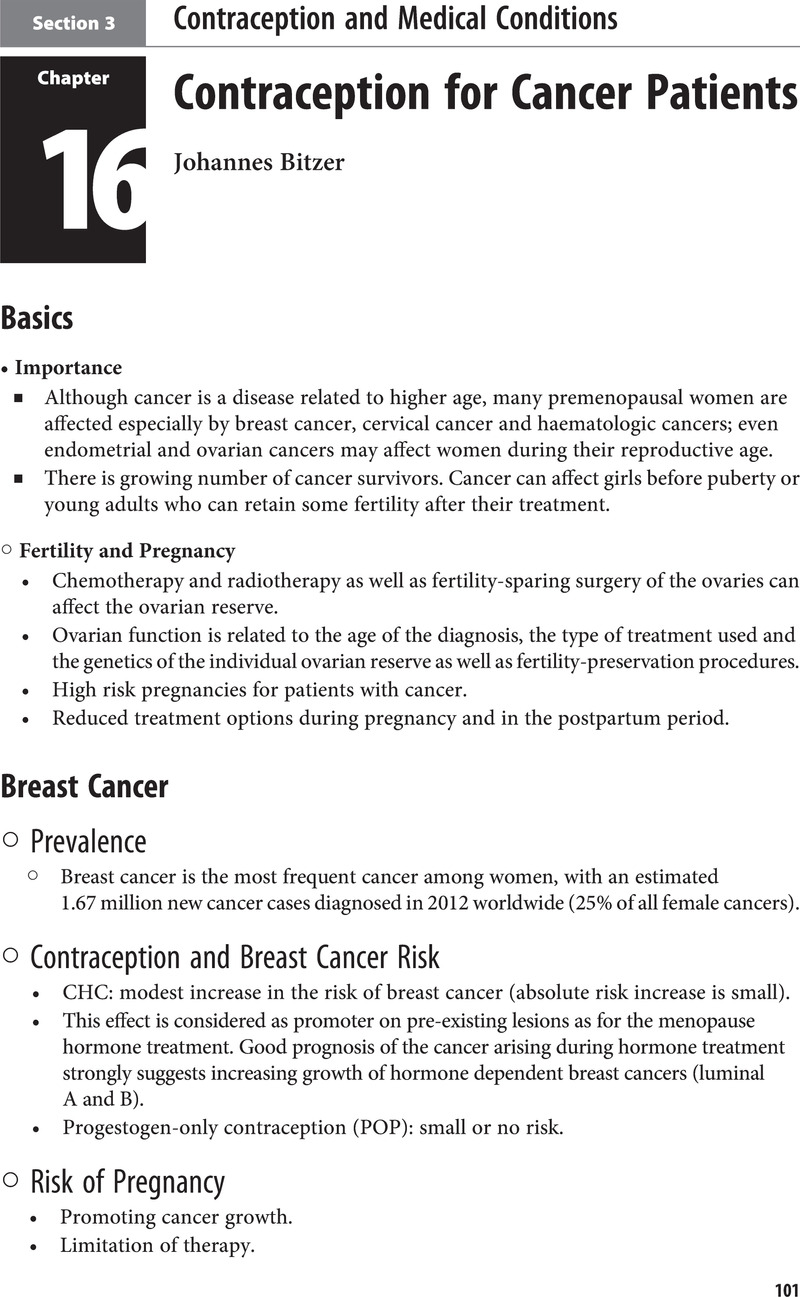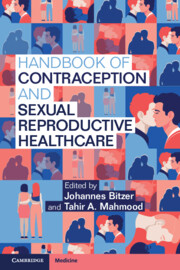Book contents
- Handbook of Contraception and Sexual Reproductive Healthcare
- Handbook of Contraception and Sexual Reproductive Healthcare
- Copyright page
- Dedication
- Contents
- About the Authors
- Contributors
- Preface
- Section 1 Scientific Basis of Contraception and Family Planning
- Section 2 Methods of Contraception
- Section 3 Contraception and Medical Conditions
- Section 4 Subfertility
- Section 5 Termination of Pregnancy
- Section 6 Sexually Transmitted Diseases and Other Vulvovaginal and Urogenital Infections
- Section 7 Sexual Health
- Section 8 Cervical Cancer Screening
- Section 9 Standards of Care for Sexual and Reproductive Healthcare Services
- Index
- References
Section 3 - Contraception and Medical Conditions
Published online by Cambridge University Press: 25 March 2022
- Handbook of Contraception and Sexual Reproductive Healthcare
- Handbook of Contraception and Sexual Reproductive Healthcare
- Copyright page
- Dedication
- Contents
- About the Authors
- Contributors
- Preface
- Section 1 Scientific Basis of Contraception and Family Planning
- Section 2 Methods of Contraception
- Section 3 Contraception and Medical Conditions
- Section 4 Subfertility
- Section 5 Termination of Pregnancy
- Section 6 Sexually Transmitted Diseases and Other Vulvovaginal and Urogenital Infections
- Section 7 Sexual Health
- Section 8 Cervical Cancer Screening
- Section 9 Standards of Care for Sexual and Reproductive Healthcare Services
- Index
- References
Summary

- Type
- Chapter
- Information
- Handbook of Contraception and Sexual Reproductive Healthcare , pp. 101 - 224Publisher: Cambridge University PressPrint publication year: 2022

